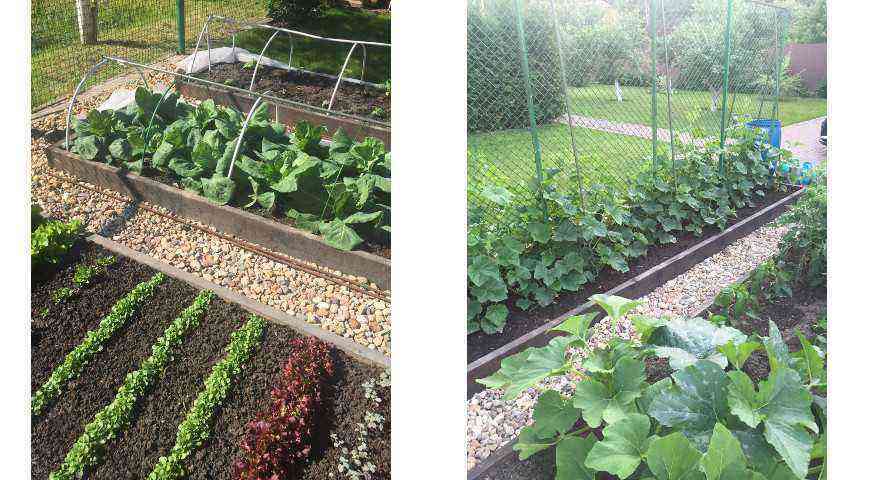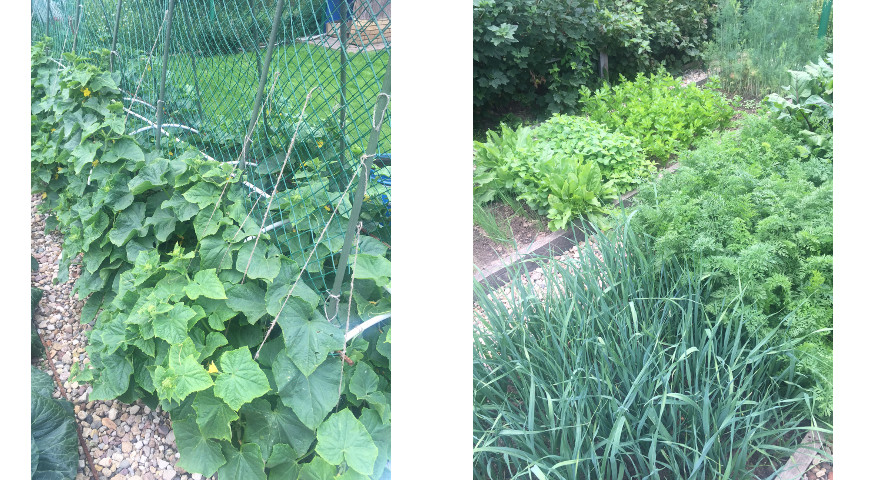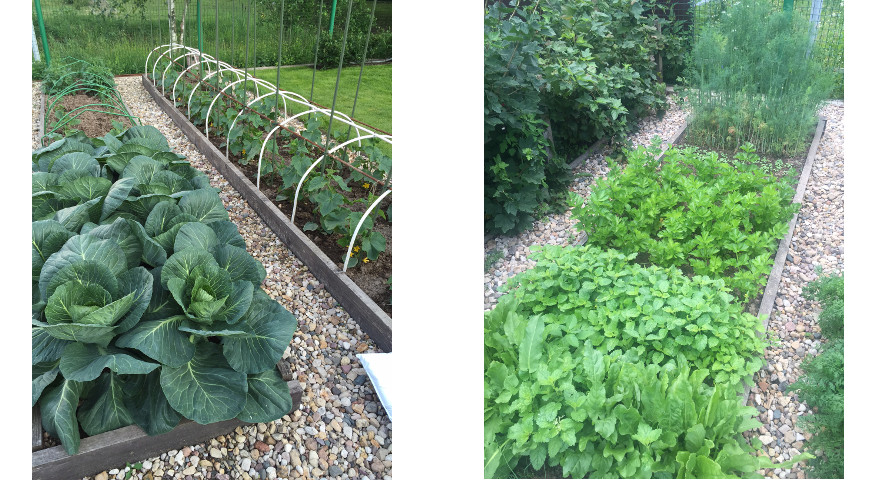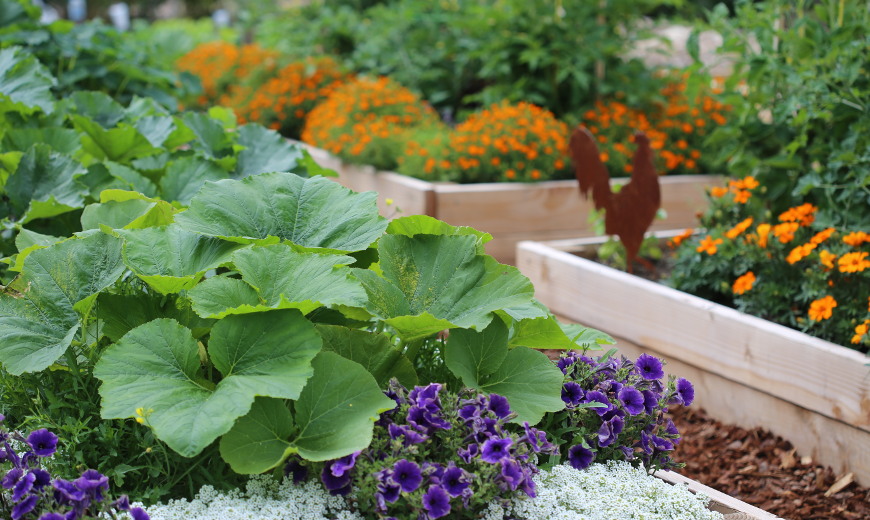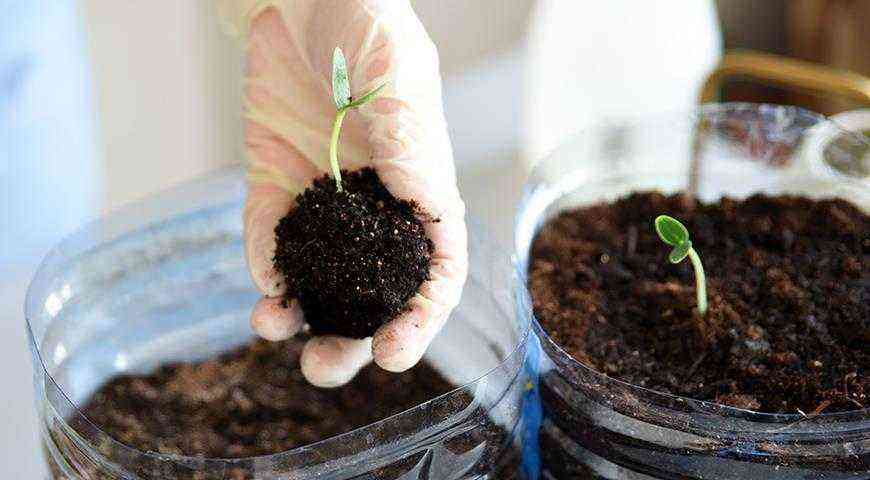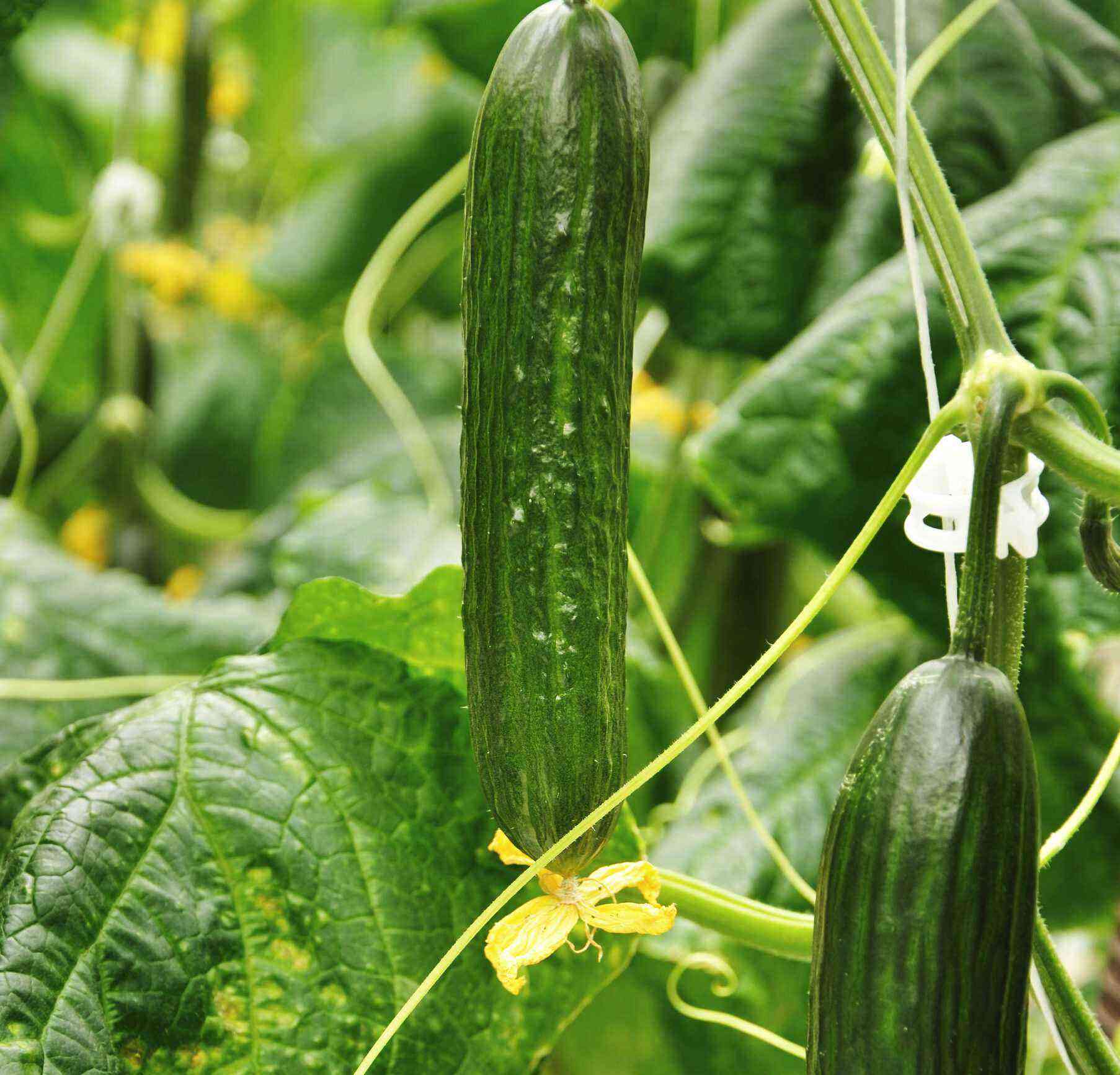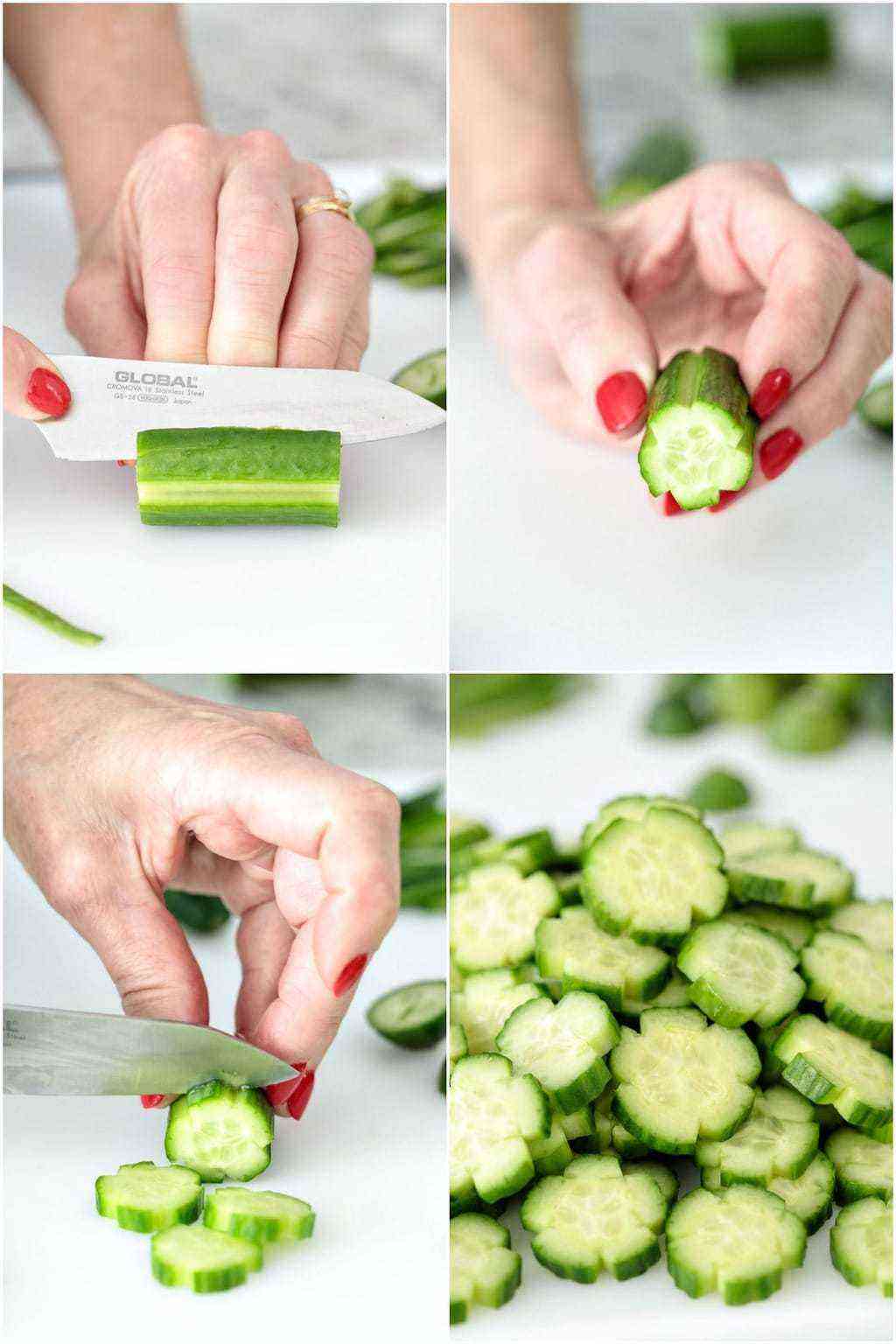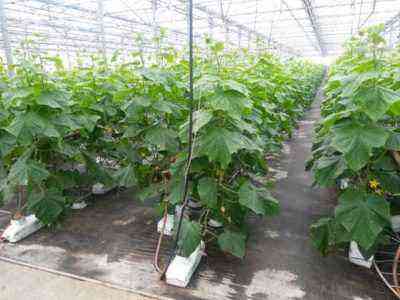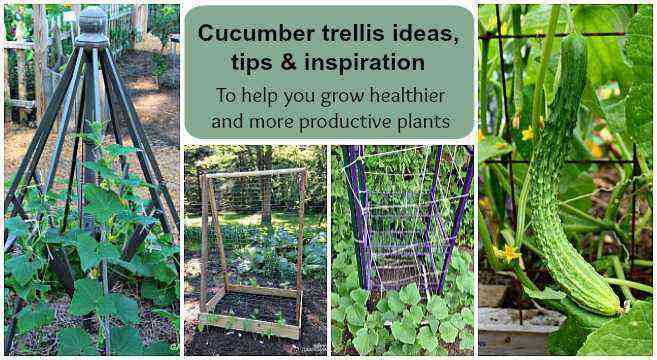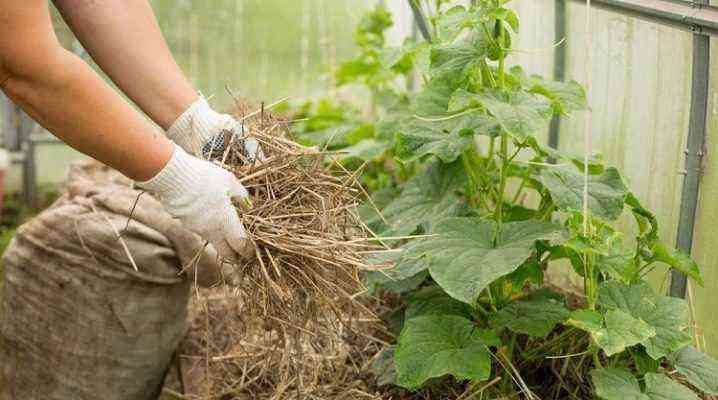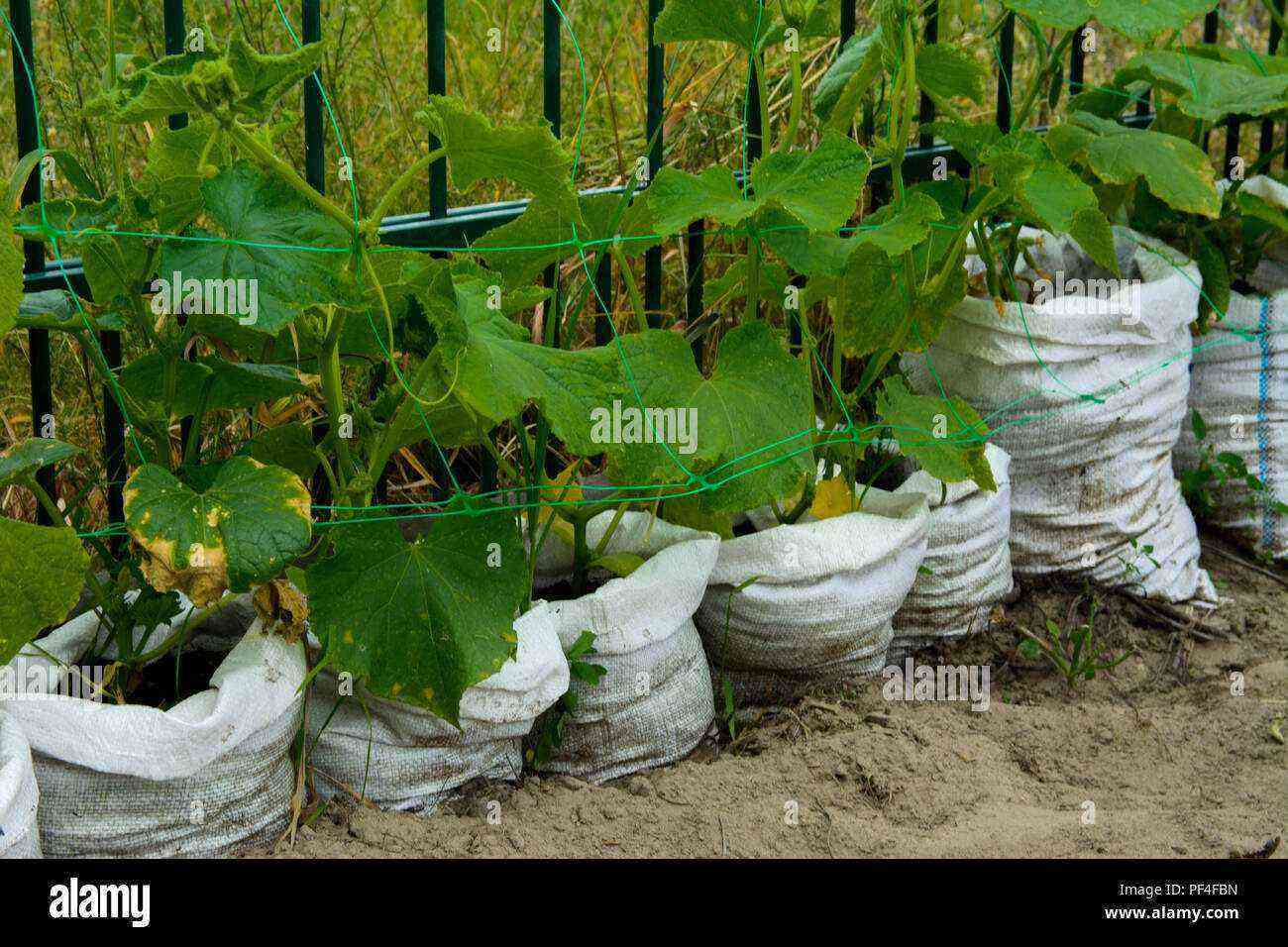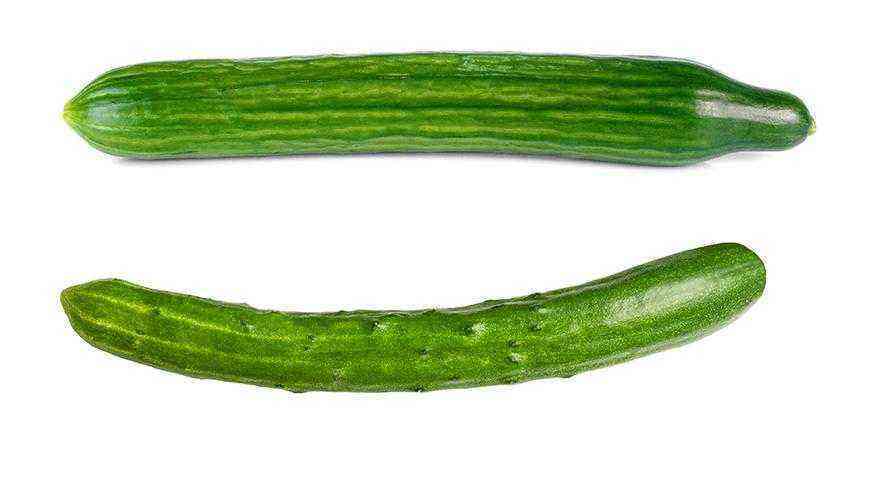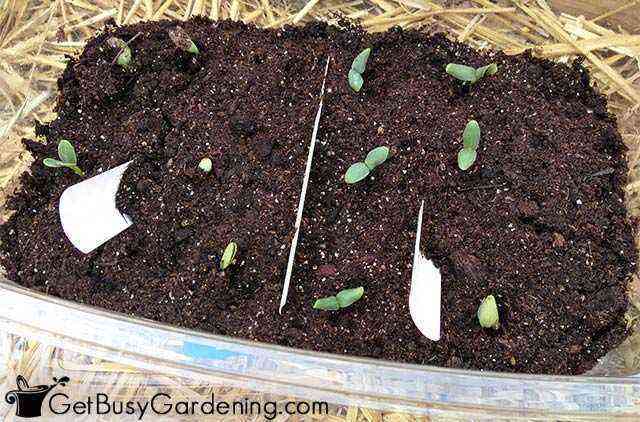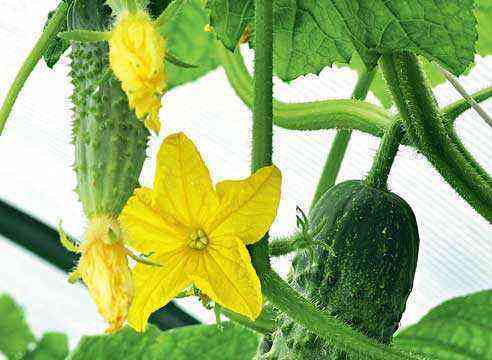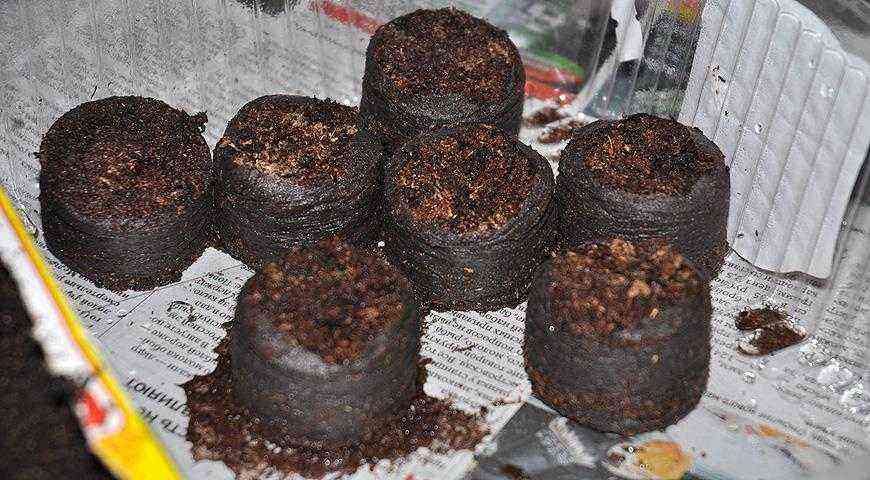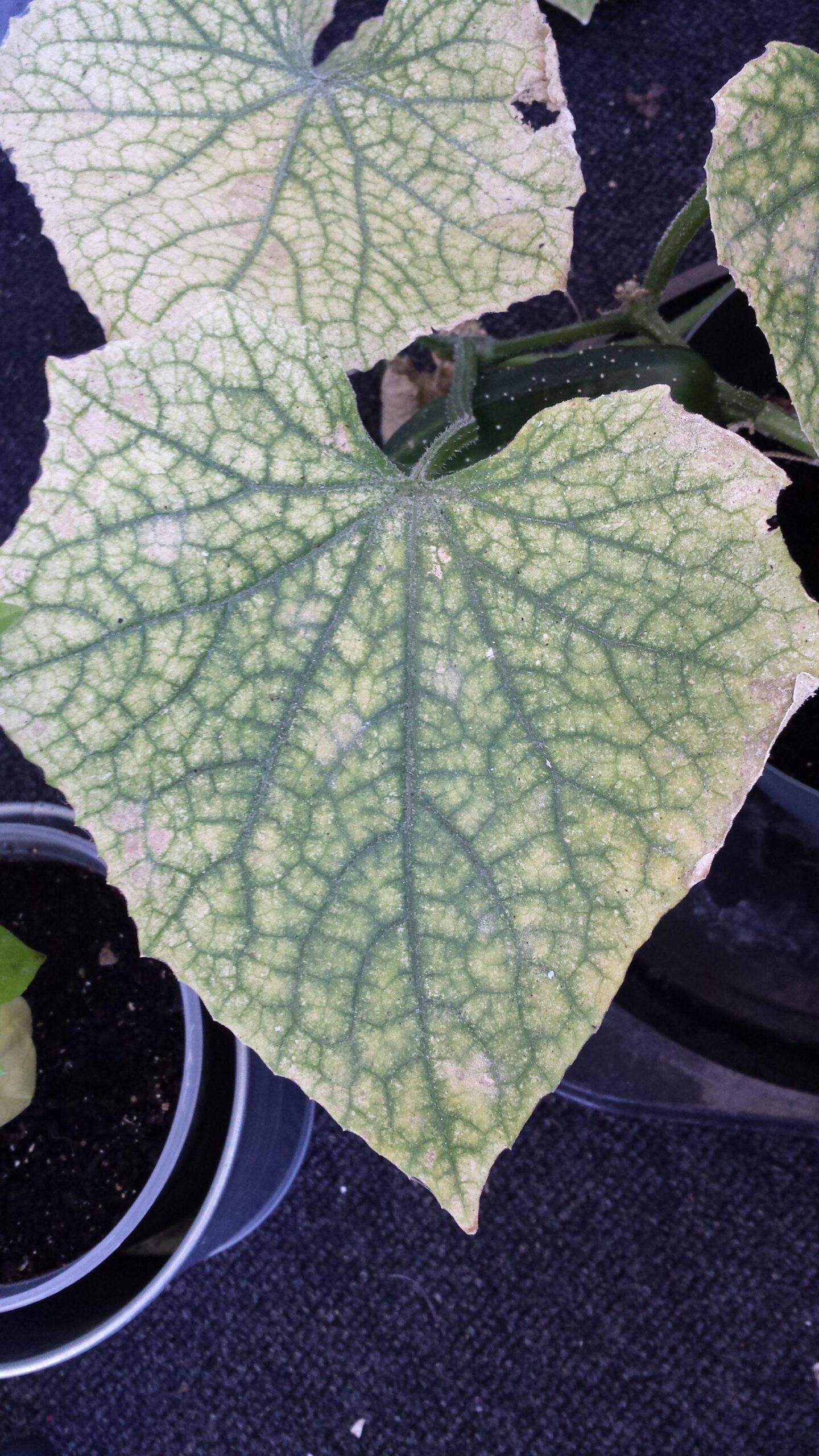The garden is usually perceived only as a source of fresh vegetables and herbs. Meanwhile, green beds can become an important element of garden design. In addition, a reasonable layout, taking into account the needs of plants, helps to get an excellent harvest.
The main principles of garden planning
Maximum light in the garden
Most vegetables are photophilous. It is better to choose a well-lit and evenly lit area for the garden. For example, tomatoes reduce yields even if they are in the shade for about 2-3 hours a day. So that both sides are heated evenly, the beds are oriented from north to south.
Calculate your strength
Allocate exactly as much space for the garden as you can – and want! – process. If you are in the country only on weekends and then not every time, it hardly makes sense to plan a large garden and strive to plant as many crops as possible.
Garden options with raised beds.
Wide beds are not always good
Traditionally, in our gardens, the beds are made 100-120 cm wide. This saves the usable area of the garden, but makes it difficult to care for plantings: it is not always convenient to stretch. 70 cm wide beds are much easier to care for. For the elderly, not only narrow, but also raised beds are convenient, over which you do not need to bend down. High beds are increasingly dressed in a frame made of boards, into which fertile soil is then poured. In this case, both water and fertilizers are used by plants more rationally.
Do not get carried away with complex-shaped beds: this makes it difficult to care for and worsens the conditions for plants, since the earth dries out faster in the corners, so plants can develop unevenly.
Garden options with raised beds.
The aisles between the beds should not be the same width.
For normal care, a distance of 40 cm is sufficient; for high beds, add 20–35 cm due to the presence of walls. If the garden is large, you need a through path for walking and walking, you can also make a platform for recreation. However, before proceeding with the formation of beds, think about how to lay paths. They should be wide enough, lead to all corners of the garden, it should be convenient not only to walk on them, but also to carry a cart.
Do not be afraid to combine cultures that are compatible with each other
The combination of different forms of foliage, shades of color and height of plants on the same bed looks much more attractive than monotonous rows of plantings.
Garden options with raised beds.
How to make beautiful beds
The basic principles of garden design are quite applicable to the garden, because voluminous decorative compositions can be created from almost any plant.
For solo landing and creating a background, tall plants are suitable: sunflower, corn, dill, amaranth, Jerusalem artichoke, lovage, rhubarb, tall tomatoes. Sorrel and horseradish will find their place under the rhubarb, mint, oregano, perennial onions, borage and spicy herbs will complement and decorate it with flowers and umbrellas.
Give the composition extra volumeso that the garden does not seem flat, vertical gardening will help: these can be zucchini, pumpkins, cucumbers, beans, beans or peas, fixed on supports. You can add flowering ornamental plants to them, for example, calendula, tagetes, nasturtium, which drives away pests.
for border low-growing plants with bright color or beautiful foliage texture are great: chard, basil, lettuce, carrots. And thyme, oregano, catnip, parsley and coriander will also benefit the rest of the plants, repelling insects and creating a barrier to weeds.
color accents flowering plants will become: low annuals, bulbous, even medium-sized shrubs that are not prone to overgrowth. Some ornamental plants not only decorate the beds, but also bring tangible benefits, repelling pests and improving soil composition. Marigolds, which have both properties, are considered especially favorable neighbors for garden crops.
A variant of an ornamental vegetable garden with mixed plantings.
Draw a garden plan
The main problems when planning a garden are the need to observe crop rotation and different needs for vegetables. Suppose a family needs one garden bed for radishes, a third of it for lettuce, and as many as three cucumbers. The next year, all the same will have to be planted in a completely different way. On the one hand, this is a plus, since the picture looks different every time. On the other hand, it is a headache, since this puzzle has to be solved year after year.
To see if all the desired volume of vegetables will fit in the beds or if some positions will have to be reduced, draw a plan of the garden. Divide the area into beds using squares, rectangles, triangles. In nature, their size should be such that you can reach the middle of the bed with your hand. Estimate how many sections for which crop you will need (for example: zucchini – 4, radish – 2, etc.). Then cut the required amount from a sheet of paper and sign the name of the crop, its height, color. And then move these pieces of paper according to the plan of the garden, changing their places in accordance with the rules of crop rotation.
Place low plants closer to the front edge, medium ones behind them, tall ones in the background and as accents. Insufficient height of vegetable plants can be compensated by the use of raised beds. Naturally, they also have a ladder, the lowest ones are closer to the observer. Do not forget about lighting: tall plants should not shade low ones for a long time.
A variant of an ornamental vegetable garden with mixed plantings of ornamental and horticultural crops.
What can and cannot be planted nearby?
There are garden crops that cannot grow and develop side by side due to the mutual intolerance of root and ether secretions. But there are also plants capable of “mutual assistance”: planted in the neighborhood, they favorably influence each other.
Dislikes neighborhoods:
- ??tomatoes and kohlrabi;
- „cucumbers and cabbage;
- ??onion (onion, garlic) and potatoes,
- cabbage, beans,
- beet;
- „legumes and nightshade (tomatoes, peppers);
Not recommended plant tomatoes and potatoes nearby, as this increases the likelihood of infection with diseases common to these crops (phytophthora, fusarium).
A variant of an ornamental vegetable garden with mixed plantings of ornamental and horticultural crops.
Grow well side by side
- celery, cauliflower and broccoli;
- parsley and tomatoes;
- white cabbage, dill, lettuce and celery;
- carrots, tomatoes, lettuce, sage, marjoram, peas, onions.
Help against pests
- Lettuce, spinach: from earthen fleas.
- Tomatoes: from cabbage whites.
- Onion and leek: from carrot fly.
- Radish: from leaf beetle and spider mite, especially when planted next to cucumbers, tomatoes, beets and carrots.
- Garlic: from the bear, slugs, nematodes, ticks, Colorado potato beetle, cruciferous flea, rodents.
- Calendula: from cruciferous flea, leaf beetle, spider mite.
- Marigold: against aphids, nematodes, carrot fly, cruciferous flea, Colorado potato beetle.
- Sweet pea: from rodents.
